We are working on a Algorithmic trading software in C#. We monitor Market Price and then based on certain conditions, we want to buy the stock.
User input can be taken from GUI (WPF) and send to back-end for monitoring.
Back - end receives data continuously from Stock Exchange and checks if user entered price is met with certain limits and conditions. If all are satisfied, then we will buy / sell the stock (in Futures FUT).
Now, I want to design my Back end service.
- I need Task Parallel Library or Custom Thread Pool where I want to create my tasks / threads / pool when application starts (may be incremental or fixed say 5000).
- All will be in waiting state.
- Once user creates an algorithm, we will activate one thread from the pool and monitors price for each incoming string. If it matches, then buy / sell and then go into waiting state again. (I don't want to create and destroy the threads / tasks as it is time consuming).
So please can you guys help me in this regard? If the above approach is good or do we have any other approach?
I am struck with this idea and not able to go out of box to think on this.



